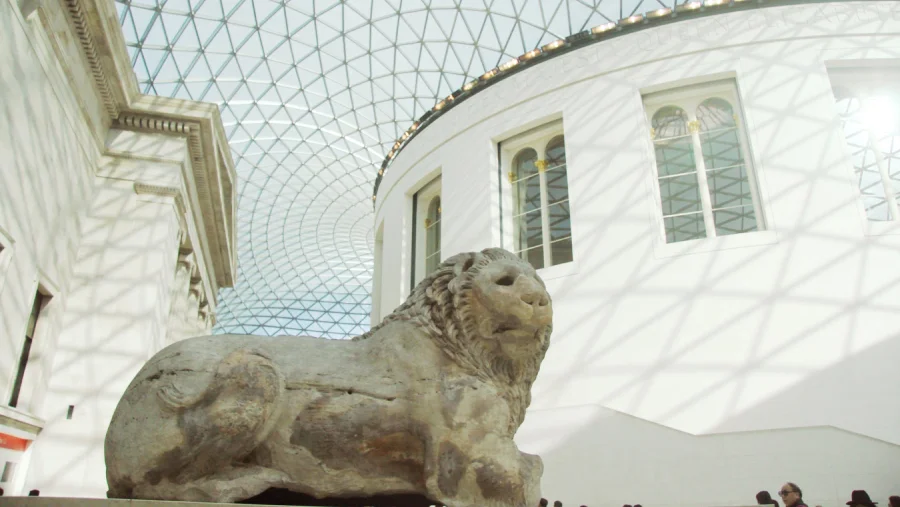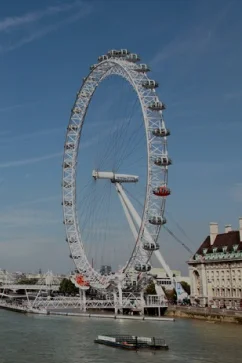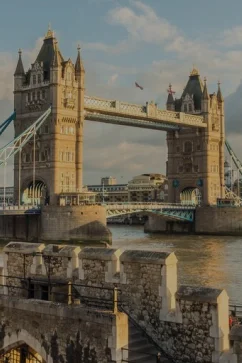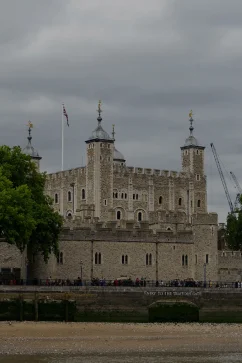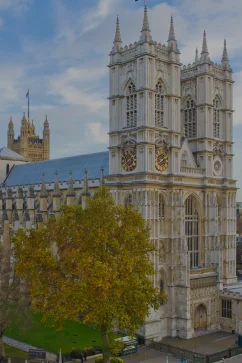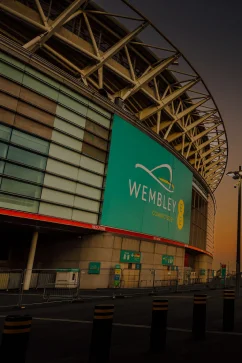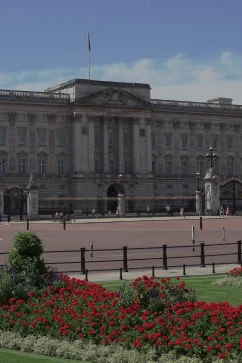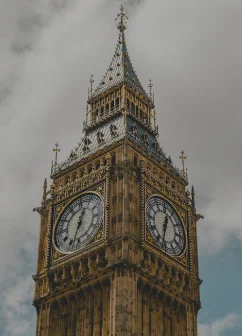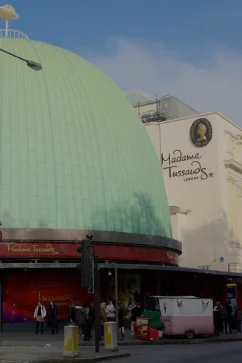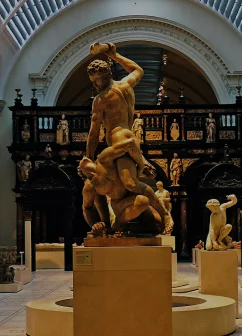British Museum
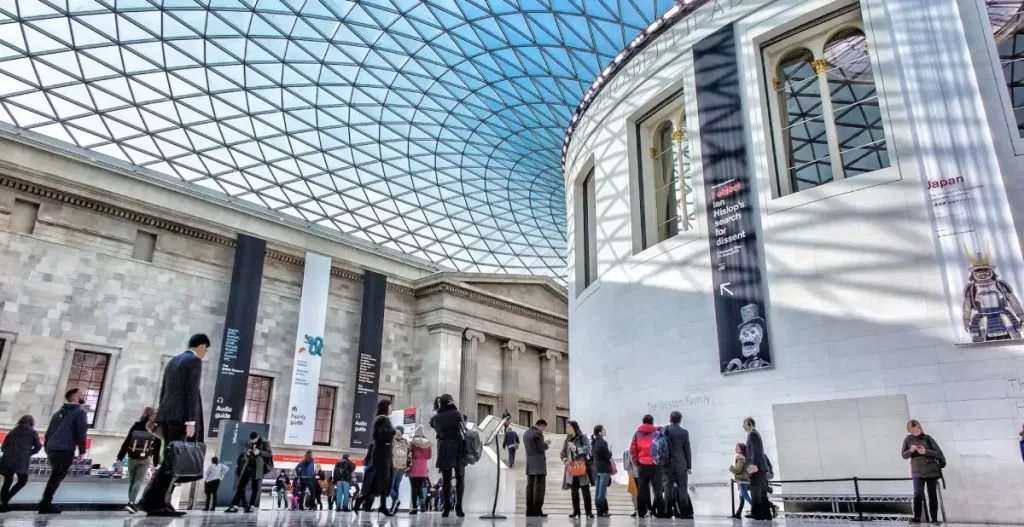
About the British Museum
The British Museum, one of the most famous museums in London, houses a spectacular collection of human history and culture that spans decades. Among its famous features, the Rosetta Stone is a highlight. An archaeological marvel that unlocked the mysteries of ancient Egyptian hieroglyphs. This historical marvel also museum also houses a captivating collection of mummies that offer a glimpse into ancient civilizations’ beliefs and practices.
A tour of British Museum galleries provides a fascinating look at a diverse collection of works of art, artifacts, and historical objects, each of which tells a distinct story. There is much to engage every visitor, from the Egyptian and Greek artifacts to the beautiful diverse collection.
This famous museum in London welcomes visitors from across the globe to explore fascinating British Museum collections, all of which are a testament to the creativity, ingenuity, and diversity of human civilization. If you are a history enthusiast, an art lover, or simply curious to watch mummies, a visit to the British Museum is a journey through the ages and an opportunity to marvel at the wonders of shared heritage. Don’t miss your chance to explore this celebrated institution—make your British Museum booking today and embark on a captivating voyage through history.
History of the British Museum
The British Museum, founded in 1753, stands as a pillar of human history and culture. Its origin lies in the bequest of Sir Hans Sloane’s remarkable collection of books, manuscripts, and natural history specimens to the nation. Initially housed in Montagu House, Bloomsbury, the museum moved to its current location in 1823 to accommodate its ever-expanding collection contributed by King George IV.
One pivotal moment came in 1802 when the museum acquired the Rosetta Stone, a key to understanding hieroglyphics and a symbol of its commitment to scholarship. In the 19th century, the museum’s collection grew exponentially, including the addition of the Elgin Marbles and significant Egyptian antiquities.
Today, the British Museum’s legacy endures as it houses over 8 million artifacts, fostering cultural exploration, research, and public engagement, marking it among the famous museums in London dedicated to the preservation of our shared human heritage.
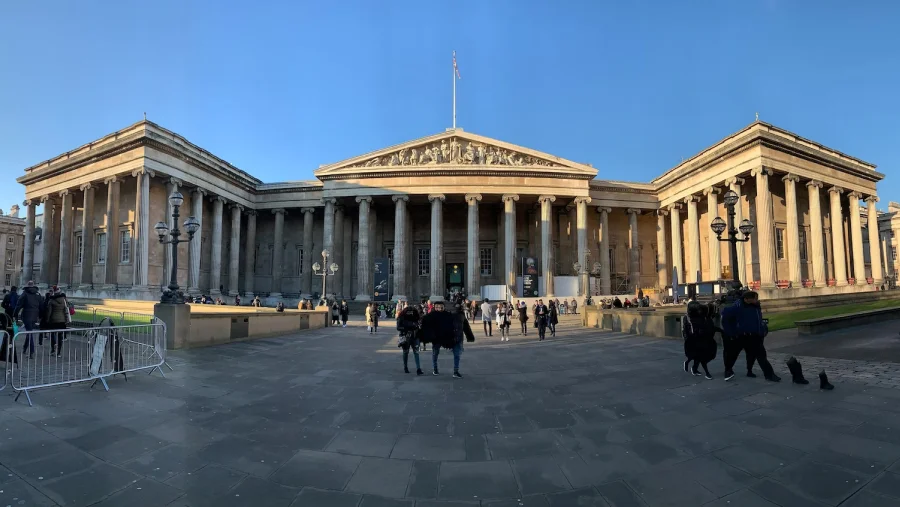
Tips for your visit
- Plan Ahead: Check the British Museum’s opening hours and make your British Museum booking in advance to skip the queues.
- Arrive Early: To beat the crowds, arrive early in the day when the museum opens.
- Focus on Must-See Exhibits: The British Museum is vast. Prioritize the exhibits you’re most interested in, such as the Rosetta Stone or the Egyptian mummies.
- Take a Guided Tour: Consider joining a guided tour to gain deeper insights into the museum’s treasures.
- Download the Museum Map: The museum offers a map on its website. Download it to navigate the British Museum galleries more easily.
- Stay Hydrated: Walking through the extensive British Museum collections can be tiring. Bring water to stay refreshed.
- Respect Photography Rules: While photography is usually allowed, some exhibits may have restrictions. Follow signage and guidelines.
- Use Audio Guides: Consider renting an audio guide for a more immersive experience through British Museum collections.
- Take Breaks: The museum has seating areas and a courtyard where you can rest and recharge.
- Shop and Cafes: Explore the museum shop for souvenirs and take a break at one of its cafes for refreshments.
Tickets
Explore the British Museum’s wonders with free entry – remember to book ahead! For an enriched experience, book guided tours at £55 (adults 16+) and £45 (4-15). Enhance your visit further with audioguides for just £7.26. Immerse yourself in history and culture; make your British Museum booking now for an unforgettable journey through time and art!
How to arrive
Arriving at the British Museum, a cultural gem in London is convenient thanks to the city’s well-connected transportation options. Here’s how to get there:
By Tube (London Underground): The British Museum is conveniently located near several tube stations. The closest stations include Tottenham Court Road (a 5-minute walk), Holborn (a 7-minute walk), Russell Square (a 7-minute walk), and Goodge Street (an 8-minute walk). Choose the station that aligns with your route and enjoy a short walk to the museum.
By Bus: Numerous bus routes pass close to the British Museum. You can take buses like 1, 8, 19, 25, 38, 55, 98, and 242 that stop at New Oxford Street, or opt for routes like 14, 24, 29, 73, 134, and 390 that stop at Tottenham Court Road (northbound) or Gower Street (southbound). Additionally, Southampton Row is served by buses such as 59, 68, X68, 91, 168, and 188.
By Bicycle: For eco-conscious travelers, there are bicycle racks inside the gates of the Main Entrance on Great Russell Street. However, it’s important to note that folding bikes are not allowed inside the museum.
By Car: While arriving by car is an option, it’s important to be aware that the British Museum does not provide parking facilities for general visitors, except for those with specific access requirements. Public transportation or nearby parking garages are recommended alternatives for a smoother visit.
